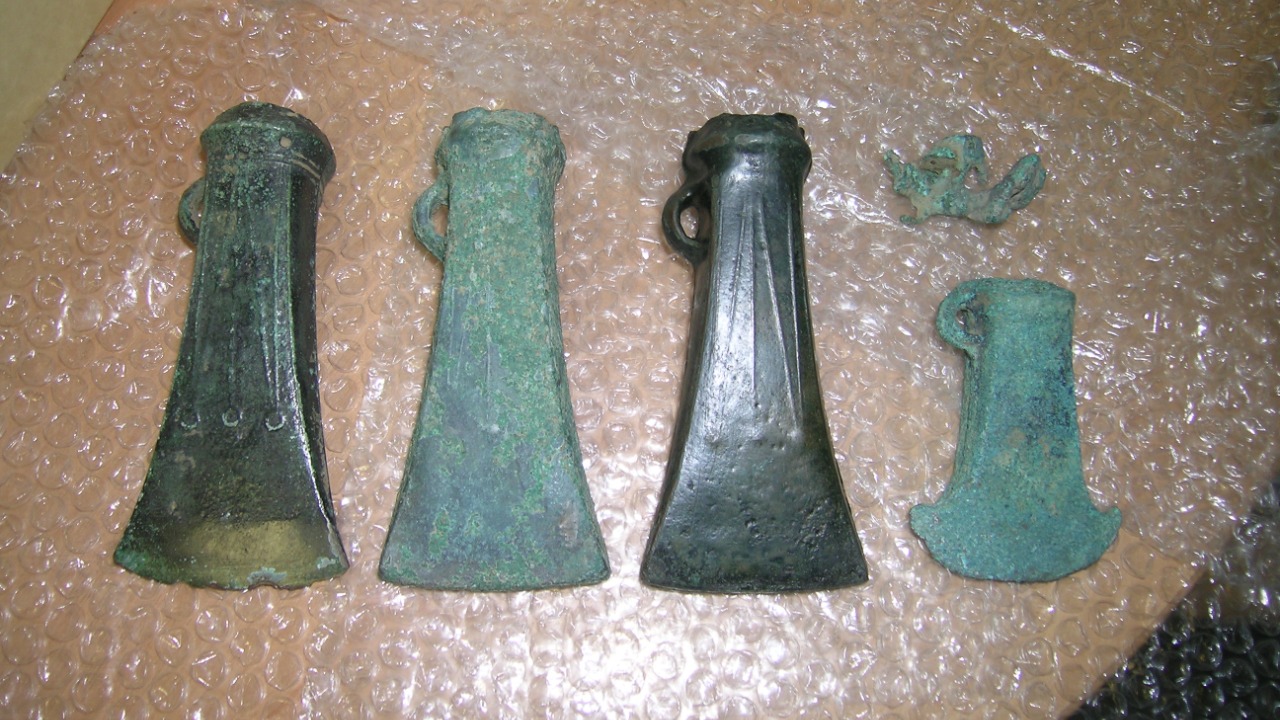
Recent archaeological discoveries across the Americas are reshaping our understanding of ancient history. At the forefront is the Gault site, where archaeologist Michael Collins has unearthed artifacts that challenge previous notions of human history. Meanwhile, underwater explorations in Tampa Bay are revealing submerged aspects of Native American life. These sites join a global array of findings, including the graves of ‘woman warriors’ in Hungary, an Iron Age hoard in North Yorkshire, and a Roman water basin, each contributing new insights into our past.
Breakthroughs at the Gault Site
Archaeologist Michael Collins has played a pivotal role in transforming our understanding of early human history through his work at the Gault site in Texas. This site has yielded artifacts that suggest human presence in North America far earlier than previously believed. The significance of these findings is captured in the documentary “The Stones are Speaking”, which chronicles the excavations and their implications. By pushing back the timeline of human habitation, Collins’s discoveries challenge established historical narratives and open new avenues for research into early human migration.
The Gault site findings have sparked debates among historians and archaeologists about the origins and movements of early peoples in the Americas. The artifacts uncovered, including stone tools and other remnants, suggest a complex and rich history that predates the Clovis culture, long considered the first inhabitants of the continent. This revelation not only alters the timeline of human settlement but also prompts a reevaluation of the technological and cultural capabilities of these early populations.
Unveiling Tampa Bay’s Ancient Past
In Florida, the efforts of USF archaeologists are shedding light on the submerged history of Native American communities in Tampa Bay. By exploring underwater sites, researchers are uncovering evidence of pre-colonial life that has remained hidden beneath the waves. These findings, detailed in a report by USF News, reveal the sophisticated ways in which these communities adapted to their environment, utilizing the bay’s resources for sustenance and trade.
The methodologies employed by the USF team, including advanced diving techniques and underwater mapping, have allowed for a more comprehensive understanding of the region’s history. These discoveries contribute to a broader narrative of Florida’s indigenous peoples, highlighting their resilience and ingenuity. By piecing together the remnants of these submerged sites, archaeologists are not only preserving history but also enriching our understanding of the cultural and environmental dynamics that shaped pre-colonial Florida.
Challenging Gender Norms Through Warrior Graves
The discovery of graves containing ‘woman warriors’ in Hungary is challenging long-held assumptions about gender roles in ancient societies. These graves, as reported by National Geographic, provide compelling evidence of female involvement in warfare, suggesting that women played more active and varied roles in ancient communities than traditionally acknowledged.
This revelation prompts a reevaluation of historical narratives that have often marginalized women’s contributions. The presence of weapons and warrior artifacts in these graves indicates that women were not only participants in combat but also held significant status within their societies. Such findings are reshaping our understanding of gender dynamics in the past, offering a more nuanced view of the social structures that governed ancient life.
The Significance of the North Yorkshire Hoard
An Iron Age hoard discovered in North Yorkshire at Melsonby is poised to alter Britain’s historical landscape. The hoard, which includes a wealth of artifacts, provides insights into the region’s cultural and economic exchanges during the Iron Age. According to The Guardian, this find could redefine our understanding of Britain’s ancient past, highlighting connections and influences previously overlooked.
The discovery process itself, involving meticulous excavation and analysis, underscores the importance of archaeological diligence in uncovering history. The artifacts, ranging from jewelry to tools, offer a glimpse into the daily lives and societal structures of the time. As researchers continue to study the hoard, its implications for Britain’s historical narrative become increasingly significant, potentially rewriting chapters of the nation’s early history.
Roman Architectural Revelations
In an ancient city, the discovery of a Roman water basin is providing new insights into Roman architecture and engineering. This finding, reported by Popular Mechanics, highlights the advanced nature of Roman urban infrastructure and their sophisticated approach to water management.
The water basin, part of a larger network, illustrates the Romans’ ability to design and implement complex systems that supported their cities’ needs. This discovery not only enhances our understanding of Roman technological prowess but also informs modern engineering practices by showcasing ancient solutions to urban challenges. As archaeologists continue to explore these remnants, the broader implications for our understanding of Roman society and its innovations become increasingly apparent.
More from MorningOverview